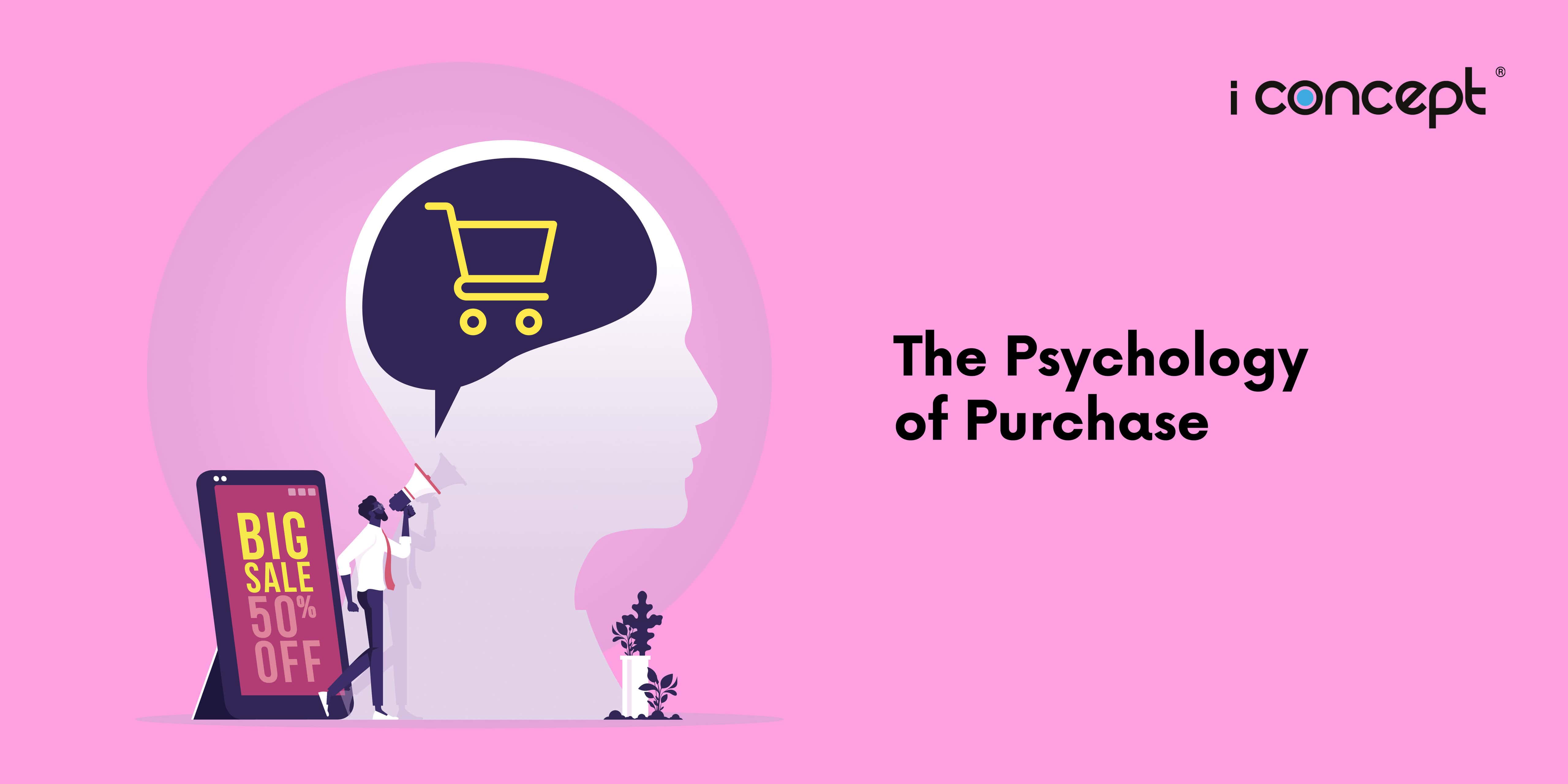They say that the key is not just in the content, but more so in how you say it. That is especially true when it comes to advertising and marketing. In today’s digital age, your brand’s tone of voice takes precedence over the material and context you deliver. It encompasses not only what words you choose, but the order, rhythm, and pace.
Yes, this is about the text that appears in the written form, and no, no one is speaking or reading the words aloud. But as you have been reading up till here, you would have noticed a voice in your head subconsciously reading everything out, in an attempt to make sense of the lines of words. That is the tone of voice, and while it may sort of vary from person to person, the choice of words and their arrangement can manipulate how a reader interprets it.
Simply put, a company’s tone of voice influences all of its written copy, including its website, social media messages, emails, and packaging.
Why bother about the written tone of voice?
Managing the written tone of voice is a key part of achieving a unified character across all your communications. Just as it’s desirable to have a consistent look and feel in design terms across your digital stationery, advertising and online marketing, it’s also important to ensure that the content of all these feels like it’s coming from a single source.
Giving a brand or company a proper ‘voice’ gives an impression of solidity, trustworthiness and honesty. As in normal life, we find it reassuring when people stay more or less the same over time – if their style of communication changes radically from one day to the next, we might trust them less, or even become concerned for them.
Defining your tone of voice
The easiest way to consider the tone of voice is by the personality of your brand or company. If it was a person, what would they be like?
To keep things simple, three values is probably enough. Anything more than that risks duplicating values or obsessing over minor details.
If you want to liven things up a bit, you could try asking which class of car you would compare your brand to, or maybe what type of biscuit, perhaps. But try not to go too far and wild. Inanimate objects only have the personality we project on them. Keep to more personable descriptions instead. After all, human values are the essential keys to good and strong marketing.
From values to style
Now, with the three values swirling in your head, you can consider how they translate into the nuts and bolts of hands-on writing: sound (or voice) register, vocabulary, and grammar.
Defining the register of your writing is often a case of choosing a point on a scale. For example, you might need to decide where your tone of voice sits between extremes: formal vs chatty; detached vs warm; professional vs wacky; serious vs humorous.
Vocabulary is simply the choice of words, and you might want to list down what type of words can and can’t be used within your tone of voice. However, keep the list malleable and flexible. Avoid limiting your vocabulary to a strictly tight range.
In terms of grammar, you might want to consider whether to use contractions (‘we’re’, ‘it’s’ and so on), avoid long sentences, or allow some rules to be broken (such as sentences beginning with ‘and’). It’s just a question of how far you want to go if it is useful to the people doing the writing. There are no hard and fast rules to grammar usage, not in the advertising world.
You might also want your writing to be original or arresting. While that may seem like a tall order, you need to understand that that won’t necessarily guarantee that your communications succeed. Originality isn’t always effective. Some readers prefer the same old. Instead, your aim should be to express yourself as best as possible with what you have.
Variation in a tone of voice
The written tone of voice is rarely the same in every situation. Just as people might speak differently to their colleagues than they do to their children, so brands need to have different verbal registers. Here are some of the variating factors:
- Mood. Although the underlying ‘character’ of the brand might change, it can still have different moods. For example, a series of letters designed to guide the customer of a double-glazing firm from initial introduction through to purchasing might make the transition from a bright, breezy tone through to a more serious, studious and detail-oriented feel as the relationship develops.
- Medium. Different media require different ways of speaking. The most obvious example would be social media, which would carry a different tone from other online channels, or even offline marketing.
- Audience. Your brand might need to talk to different people. For example, a website selling children’s toys might include content aimed at the children themselves, and other content aimed at their parents. If the users and purchasers of a product aren’t the same people, you might have to consider how you’ll talk to each type of audience?.
Keeping it simple
Finally, as with all writings and texts, it is most important to keep it simple. No need for overly flowery language, nor for big words. The goal is to have your text and message understandable to your target audience.
Defining your brand’s tone of voice and establishing clear guidelines will help that tone move to the forefront in every content piece. This is a key part of developing a content strategy that is true to your vision and appears authentic to customers.
With a clear idea of where your audience lives online and what topics they want to hear more about, you can develop a vision of what your brand wants to say and determine how to use the right language to get this message across.
Not too sure how to get your tone of voice right? Or perhaps you need a helping hand with your copywriting. Maybe you need a branding revamp. The team at I Concept is able to help you with all these and more. A leading creative agency in Singapore, we specialise in helping to build and develop brand narratives, with dedicated copywriters and designers who’ll make your brand tick. Get in touch with I Concept today.










